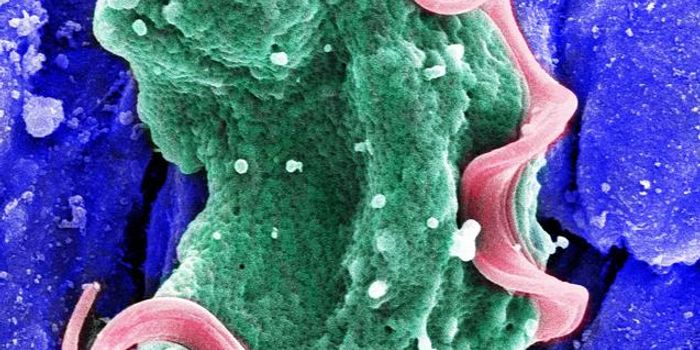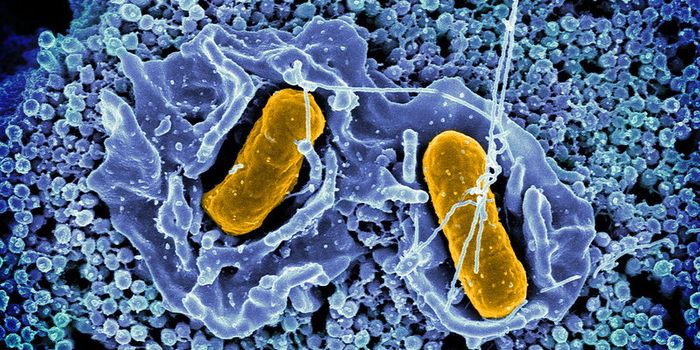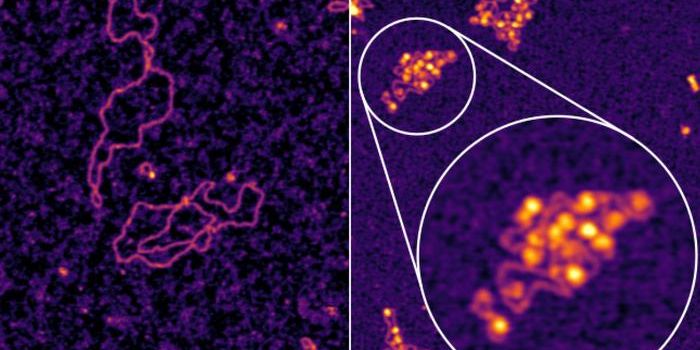If They Must, Methane-Eating Microbes Will Consume Ammonia
There are many different kinds of microbes, and some can use unusual substances to survive. Methanotrophs, for example, oxidize methane (CH4) to carbon dioxide (CO2). For methanotrophs, ammonia (NH3) is structurally similar enough to methane for them to be able to metabolize it, producing nitrite (NO2) in the process. Researchers have now learned more about how that happens. Their findings were reported in the Proceedings of the National Academy of Sciences.
Nitric oxide (NO) can play a variety of roles in our environment and in biology. It acts as a signaling molecule in biochemistry, but it also responsible for depleting the ozone layer, and is an intermediate in the global nitrogen cycle. Methanotrophs that are exposed to ammonia, which happens often because of the abundance of fertilizers in the world, also rely on nitric oxide.
Methanotrophs co-metabolize ammonia, first generating hydroxylamine (H3NO), which interferes with cellular processes and can cause cell death. It's critical for microbes to eliminate the hydroxylamine before damage happens.
"Carrying a hydroxylamine-converting enzyme is a matter of life or death for methane-eating microbes," explained Boran Kartal, head of the Microbial Physiology Group at the Max Planck Institute for Marine Microbiology in Bremen, Germany.
In this work, Kartal and colleagues focused on a methanotroph that originated in the hot, acidic, volcanic mud pots of Vesuvius, Italy, and is known as Methylacidiphilum fumariolicum.
"From this microbe, we purified a hydroxylamine oxidoreductase (mHAO) enzyme. Previously it was believed that mHAO enzyme would oxidize hydroxylamine to nitrite in methanotrophs. We now showed that it actually rapidly produces NO," said Kartal. "It is now clear that enzymatically there is not much difference between aerobic ammonia- and methane-oxidizing bacteria. Using essentially the same set of enzymes, methanotrophs can act as de facto ammonia oxidizers in the environment. Still, how these microbes oxidize NO further to nitrite remains unknown."
The mHAO enzyme has also adapted to the hot mud, suggested Karatl.
"At the amino acid level, the mHAO and its counterpart from ammonia oxidizers are very similar, but the protein we isolated from M. fumariolicum thrives at temperatures up to 80°C, almost 30°C above the temperature optimum of their "actual" ammonia-oxidizing relatives. Understanding how so similar enzymes have such different temperature optima and range will be very interesting to investigate," he added.
"Currently there are no known methanotrophs that can make a living out of ammonia oxidation to nitrite via NO, but there could be methanotrophs out there that found a way to connect ammonia conversion to cell growth."
Sources: AAAS/Eurekalert! via Max Planck Institute, Proceedings of the National Academy of Sciences









